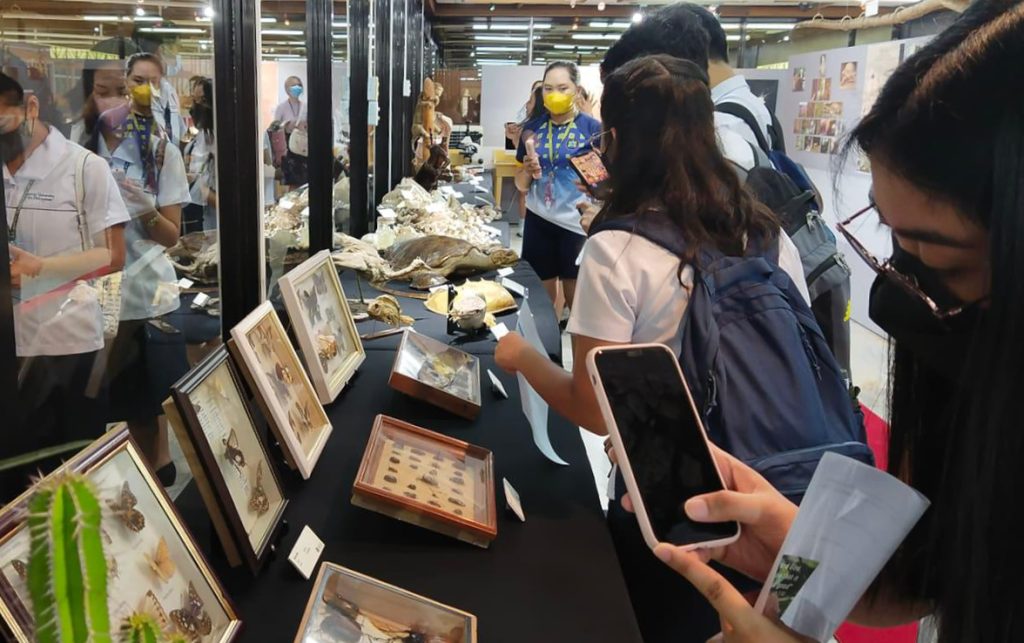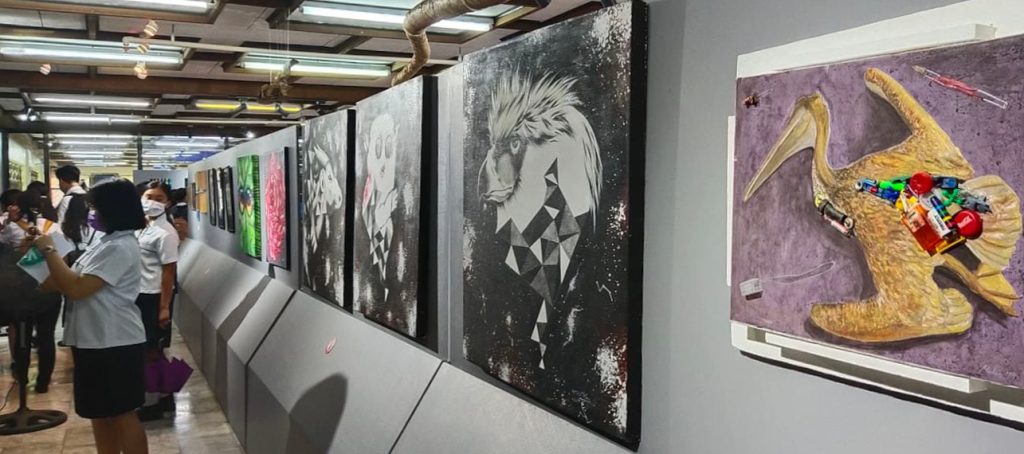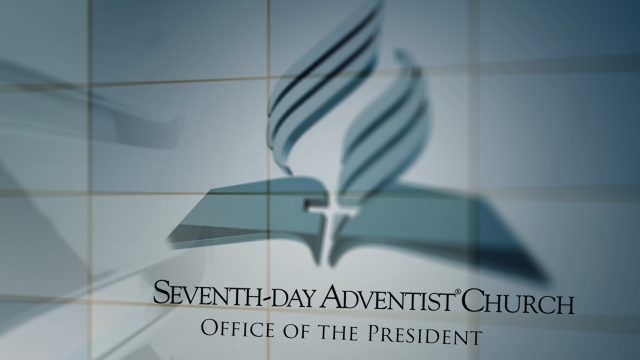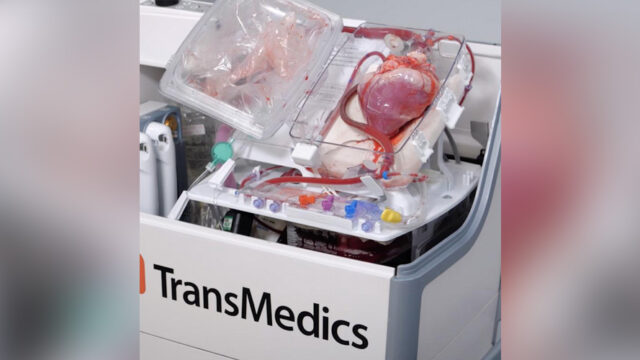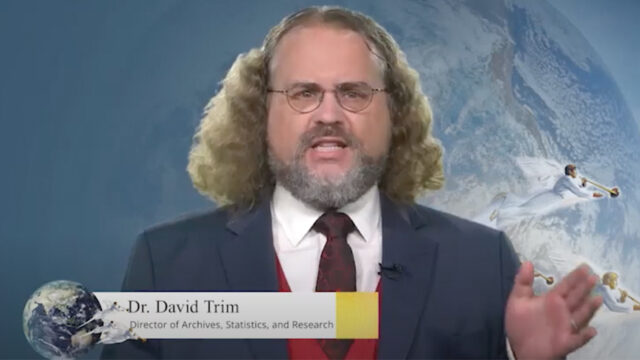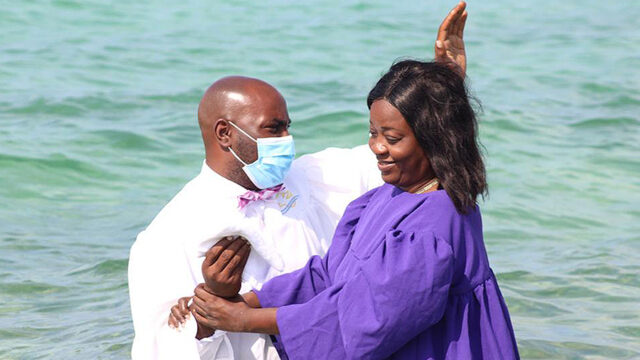Inauguration ceremony highlights potential for teaching about origins.
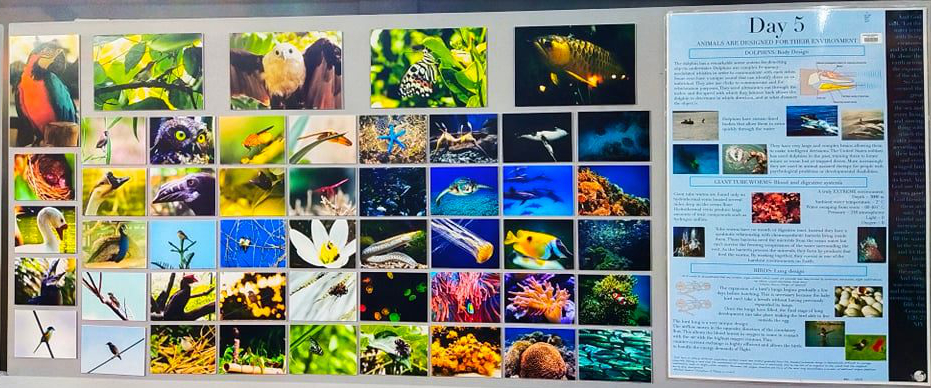
October 17, 2022, was a momentous day for the Adventist University of the Philippines (AUP), with the dedication of its new Creation Science Center (CSC). The event highlighted CSC’s formal opening to the public. Edwin Balila, dean of the College of Science and Technology, welcomed the participants, and Orlex Yllano, CSC manager, gave an overview of the center.
AUP president Araceli H. Rosario addressed the audience, emphasizing God’s time model, exemplified by rhythm, order, celebration, and presence. Geoscience Research Institute (GRI) director Ronny Nalin highlighted some of the center’s physical features and stressed the importance of knowing the Designer of life and the world. GRI Asia director Chong Geol Choi and AUP academic vice-president Gracel Ann Saban gave their felicitations, and Andresito Fernando offered the dedicatory prayer.
About the Center
The center features the Creation week, with corresponding photographs, paintings, and artwork created by students, faculty, and alumni. Fossils and preserved specimens from various taxa are also on display. “We hope that the displays in the CSC will show the Designer’s fingerprints and visitors will get to know our loving Creator and Savior,” AUP leaders said.
On opening day, about 2000 people visited the new center. Leaders anticipate that in the future more visitors will come to the CSC from nearby schools and communities.
According to school officers, the center aims to engage students, workers, church members, visitors, and interested individuals in the study, discovery, and appreciation of God’s creation through exhibits and printed and electronic materials on faith, science, and creation. Leaders expressed gratitude for those who worked as volunteer curators, including John Neil Vegafria, Merick Eupalao, and Cyrus Bobier, for their valuable contributions.
About AUP
AUP’s campus is located in Silang, Cavite. The university offers multiple programs in arts and humanities, business, dentistry, and education. Academic options in health (including nursing and medicine), science and technology, and theology are also available.
The school, which was established in 1917, promotes its undergraduate and graduate programs as part of “a faith-based learning community, welcoming students from all beliefs and nationalities.”
The university is known as “the school that trains for service and prepares people for heaven,” and follows its three stated pillars: academic excellence, Christlike character, and exemplary service.
The original version of this story was posted by the Geoscience Research Institute.


